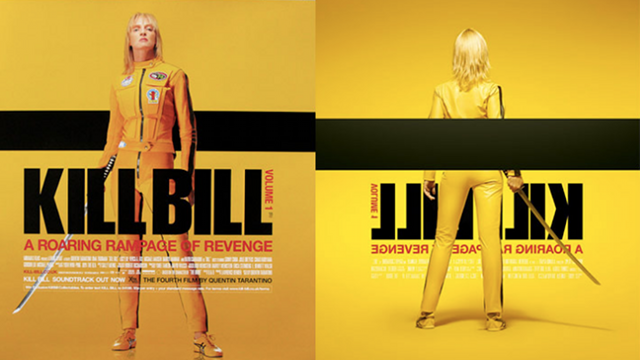Every time a camera comes out, nerds keep a close watch on DxO Labs to see how the image sensor will measure up to others in the camera benchmarker’s battery of tests. DxO just released its ratings for the most anticipated camera in years: The Canon EOS 5D Mark III. CNET was there to document the whole process.
Given how much people seem to love the 23-megapixel Canon EOS 5D Mark III, it’s surprising didn’t score very well on DxO’s scale. It barely beat out its predecessor and it was absolutely demolished by the excellent 36-megapixel Nikon D800. In fact, DxO found the 5D MKIII’s low-light performance — its hallmark — to be pretty paltry in comparison to its rival. In our tests of the two cameras, we saw advantages to both, but would never have chosen one so definitively over the other.
The reason for the ratings has a lot to do with how DxO Labs tests cameras. As CNET points out, it’s a decidedly mathematical approach. DxO Labs is an imaging company, which designs image processing technology. To DxO, cameras and images can be fully understood in ones and zeros as measured with ultra-scientific tests. Take, for example, the company’s perspective on the ongoing megapixel debate. We’ve argued for years, as many people do, that megapixels — as a measure of image resolution — aren’t nearly as important as camera’s ability to capture light. More megapixels generally hinders your ability to do so.
Not so, says DxO’s Frederic Guichard:
“Everybody says there is no need for more pixels, and we should reduce the number to a reasonable number so the quality will improve,” Guichard said. However, DxO’s aggregate measurements tell a different story: “If we look at the cameras, there are more and more pixels, and the quality is increasing in the meantime.”
And Guichard said dynamic range, which measures how well a camera can record details in both dark shadows and bright highlights, has steadily improved, too: “Manufacturers have made enormous strides in handling ever-smaller pixel sizes.”
It’s true, as digital imaging has gotten better and better, cameras can handle more and more pixels without losing quality. But it remains an open question whether DxO’s approach can tell the whole story of a camera. There’s lots to be learned by actually using them in the real world.
The whole CNET feature has loads of interesting camera geekery for those inclined. Check it out. [CNET]
